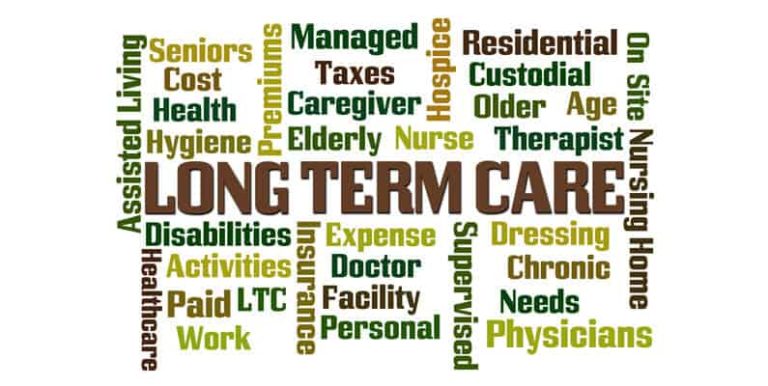For most families, the cost of long-term care can seem insurmountable. But the reality is that each family circumstance may be filled with options and creative financial solutions of which the family may not be aware. In this blog series, we are combining our years of experience in serving seniors with our knowledge of how to navigate paying for long-term care. In our last post, we looked at how Family Friends and Service Clubs is the seventh option for paying for long-term care. This week, we’re considering how Leveraging the Cash Value of Life Insurance can be utilized as the eight way to pay for long-term care.
How Can Seniors Utilize the Cash Value of Life Insurance?
For seniors who have permanent life insurance policies that have accumulated cash value (or that offer an accelerated death benefit), cashing out that accumulated benefit may be a handsome option for paying for long-term care. For those with such a life insurance policy, one could theoretically withdraw or borrow against the life insurance policy in order to gain access to cash.
What Are Some Advantages of Leveraging the Cash Value of Life Insurance to Pay for Long-Term Care?
One of the advantages of utilizing the Cash Value of Life Insurance is the tax benefit of doing so: Typically, seniors are able to withdraw all the premiums they have paid into a life insurance policy without paying taxes. This can be extremely advantageous, as it provides a cash infusion for the senior. Likewise, if the life insurance policy has an accelerated death benefit, in some circumstances the senior can remove a portion of the death benefit to gain access to cash. Another advantage of this method of payment for long-term care is that the amount withdrawn from life insurance does not need to be repaid, but will be deducted from the policy when the person passes away.
What Are the Drawbacks to Leveraging the Cash Value of Life Insurance to Pay for Long-Term Care?
One drawback or limitation to Leveraging the Cash Value of Life Insurance is that it strips the policy of equity, which means beneficiaries may miss out on collecting those resources, as is the intent of life insurance. Likewise, while common to most insurance policies, utilizing the accelerated death benefit can be limited to quite dire circumstances, in that they are usually triggered when a person has been diagnosed with a terminal illness. However, for those with plenty of cash paid into a policy, Leveraging the Cash Value of Life Insurance can be a very advantageous option for paying for long-term care.
In our next post, we’ll explore a ninth option for paying for long-term care, and consider the pros and cons of that particular way to pay. Be sure to check it out!
Need help paying for skilled nursing or at-home care? Download our entire “11 Ways To Pay for Long-Term Care” booklet, and share it with your entire family.
View More from the 11 Ways to Pay for Long-Term Care Series:
11 Ways to Pay for Long-Term Care: #11 Medicaid Planning
11 Ways to Pay for Long-Term Care: #10 Charitable Remainder & Medicaid Disability Trust
11 Ways to Pay for Long-Term Care: #9 Viatical or Life Settlement
11 Ways to Pay for Long-Term Care: #8 Leveraging the Cash Value of Life Insurance
11 Ways to Pay for Long-Term Care: #7 Family Friends & Service Clubs
11 Ways to Pay for Long-Term Care: #6 Children of the Parents
11 Ways to Pay for Long-Term Care: #5 Tax Deductions
11 Ways to Pay for Long-Term Care: #4 Jumbo Reverse Mortgage
11 Ways to Pay for Long-Term Care: #3 HELOC
11 Ways to Pay for Long-Term Care: #2 Reverse Mortgage
11 Ways to Pay for Long-Term Care: #1 Long-Term Care Insurance




